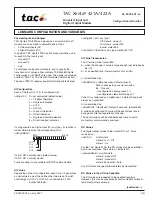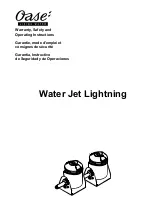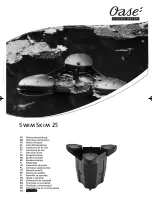
Index
©
National Instruments Corporation
I-3
features, 1-1
getting started, 1-2
optional equipment, 1-5
software programming choices
register-level programming, 1-4
B
base I/O address selection, 2-3
bipolar input
AT-MIO-64E-3, AT-MIO-16E-10, and
AT-MIO-16DE-10, 3-7
AT-MIO-16XE-10, AT-AI-16XE-10, and
bipolar output, 3-13, 3-14
block diagrams
AT-AI-16XE-10, 3-5
AT-MIO-16E-1 and AT-MIO-16E-2, 3-1
AT-MIO-16E-10 and AT-MIO-16DE-10,
AT-MIO-16XE-10, 3-4
AT-MIO-16XE-50, 3-6
AT-MIO-64E-3, 3-2
See
configuration
bus interface specifications
AT-MIO 16E-1, AT-MIO-16E-2 and
AT-MIO-16E-10 and AT-MIO-16DE-10,
AT-MIO-16XE-10 and AT-AI-16XE-10,
C
cables
I/O connectors
field wiring considerations, 4-55
optional equipment, 1-5
calibration
adjusting for gain error, 5-3
external calibration, 5-2
loading calibration constants, 5-1
self-calibration, 5-2
charge injection, 3-12
clocks, board and RTSI, 3-20
commonly asked questions.
questions
about AT E series boards
common-mode signal rejection, 4-26
configuration
input configurations
base I/O address selection, 2-3
bus interface, 2-2
common questions about, C-2
DMA channel selection, 2-3
interrupt channel selection
PC AT I/O address map (table), 2-4
PC AT interrupt assignment map
Plug and Play systems, 2-2
switchless data acquisition, 2-3
I/O connectors
contacting National Instruments, D-1
conventions used in the manual,
CONVERT* signal
signal routing, 3-18
timing connections, 4-38
customer
education, D-1
professional services, D-1
technical support, D-1
D
DAC0OUT signal
analog output connections, 4-27
AT-MIO-16E-1, AT-MIO-16E-2 and












































